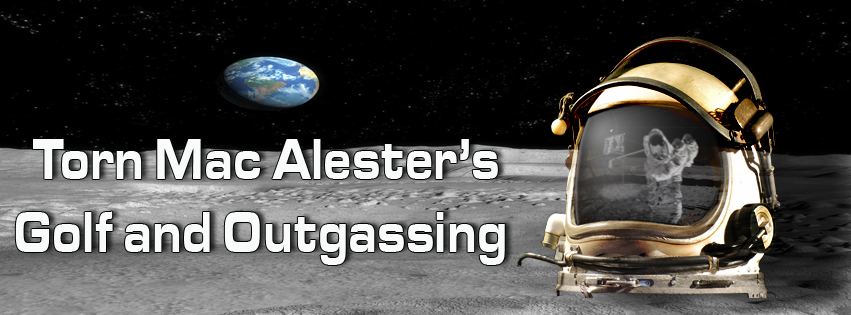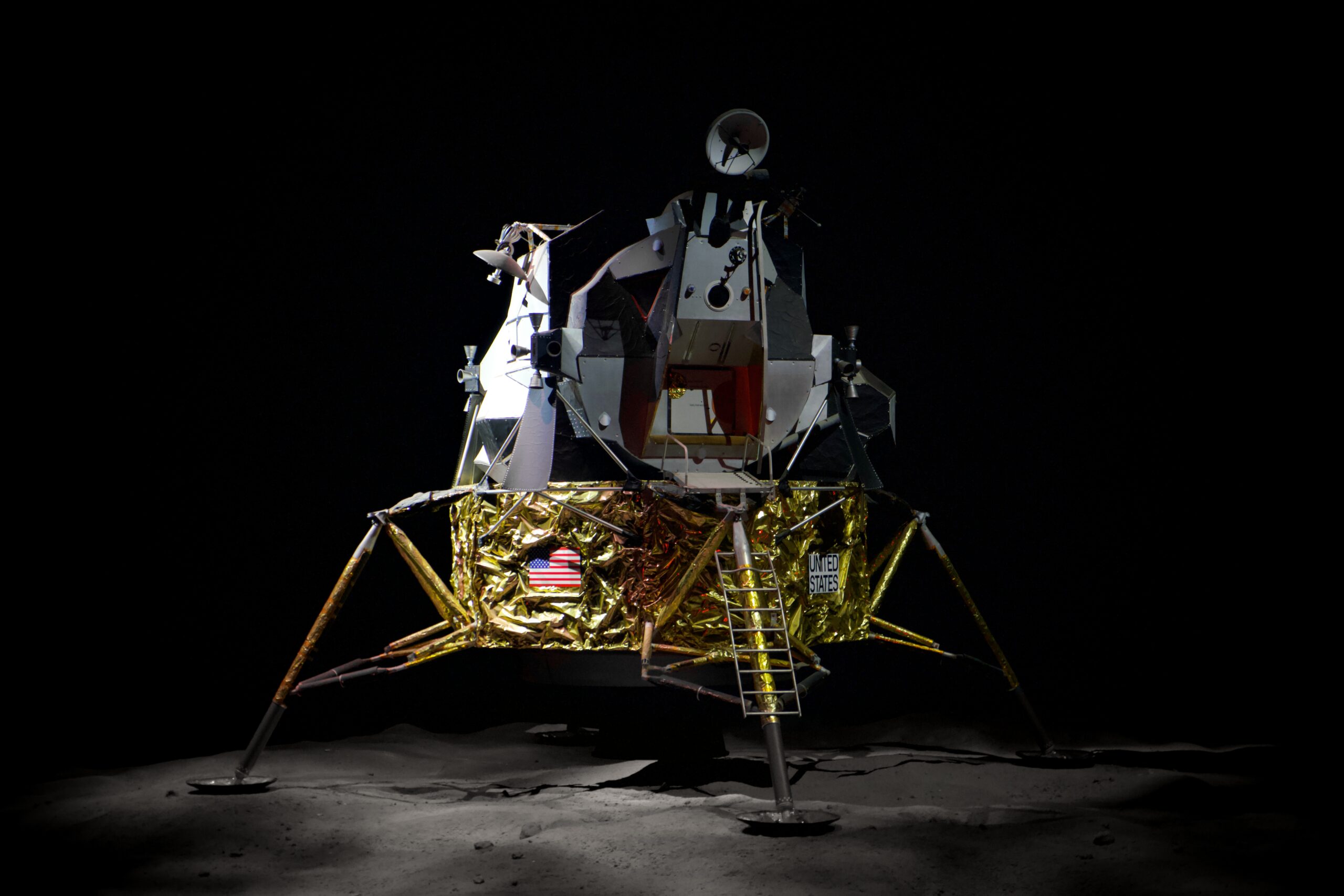A new short vignette by Torn MacAlester: Vulcani Cinis Genny planted her face against the living room window, watching the snow fall. The sky grew darker as she marveled at the dark snow covering the grass. “Can I make a snowman when it stops snowing, Mom?” “Honey, come and sit by me,” said her […]
Category: Weekly
Torn’s Science Fiction, Technology, and Science 5 — 11 February 2023

Golf and Outgassing by Torn MacAlester A few years ago, I began thinking about the return to the Moon in a fictional setting. Most of what I wanted was a sense of realism. Part of that realism centered around a couple unresolved issues from the past. In particular, I thought about finding a way to […]
Torn’s Science Fiction, Technology, and Science 29 January — 4 February 2023

Apollo 14 Apollo 14 is the 8th crewed Apollo mission and the 3 landing. The mission landed at the Fra Mauro Highlands. The mission lasted 9 days and represented the first mission after Apollo 13 accident that scrubbed the landing. I wrote a short article about Apollo 14 in 2022. The landing site for Apollo […]
Torn’s Science Fiction, Technology, and Science: This Week 22–28 January 2023
The Fermi Paradox A few weeks ago, I began a discussion about the Kardashev scale. The Kardashev scale builds levels of technology that represent advanced civilizations, mostly beyond our own. Given the technology scale, and speculation from science fiction, we can scale possible galaxy crossing times. The galaxy crossing times can also be connected to […]
Torn’s Science Fiction, Technology, and Science: This Week 15–21 January 2023
2001: A Space Odyssey by Arthur C. Clarke It’s been 22 years since 2001. The world in the novel and film has not quiet been realized, but I thought it might be interesting to look at Clarke’s novel and film by Stanley Kubrick to see what has been realized. In context, the novel and the […]
This Week 1–6 January 2023
The Kardashev Scale The Kardashev scale is a means of conveniently measuring the power output of a civilization. The scale traditionally has three levels, called I — planetary, II — stellar , & III — galactic. A Type I civilization has a power output of approximately Watts. This is a factor of ten thousand times […]
This Week 25–31 December
Here is my list of the best science fiction films. I tried to limit it to three films from each decade, starting from the 1950’s and continuing through 2019. Of the three, I chose a best and a runner up for the decade. I also create a category for honorable mention. I’ve tried to avoid […]
This Week 18–24 December 2022
In science fiction, there has been a discussion as to what constitutes science fiction. In modern terms, the thoughts are that modern science has to be a part of it. However, this is not a universal opinion. Many works in modern times are not even close to being scientifically accurate. What about works from the […]
This Week 11–17 Dec 2022
Congratulations to NASA for their successful Artemis 1 mission. From launch until splashdown, this has been an intriguing series of firsts. Though I write science fiction about the Moon, I recognize the efforts to make this science fact. I look forward to the Artemis II mission. https://www.nasa.gov/press-release/splashdown-nasa-s-orion-returns-to-earth-after-historic-moon-mission https://www.yahoo.com/finance/news/nasa-artemis-1-moon-mission-successfuly-returns-to-earth-175007566.html Week of Dec 11 2022 [11th […]